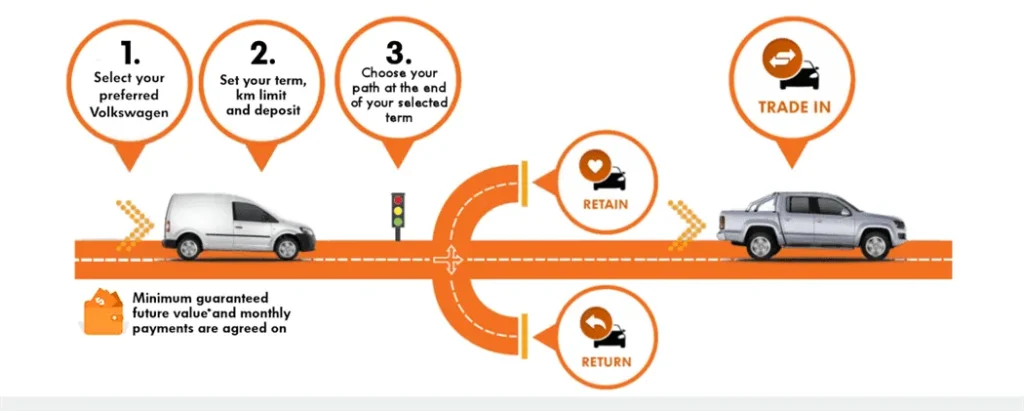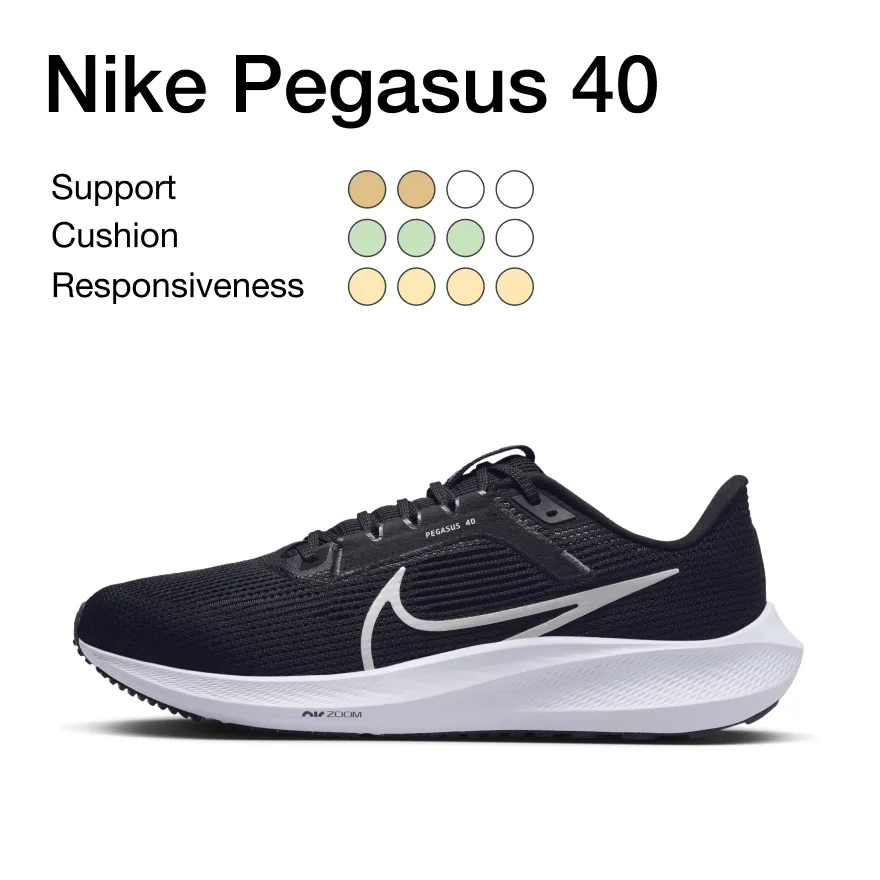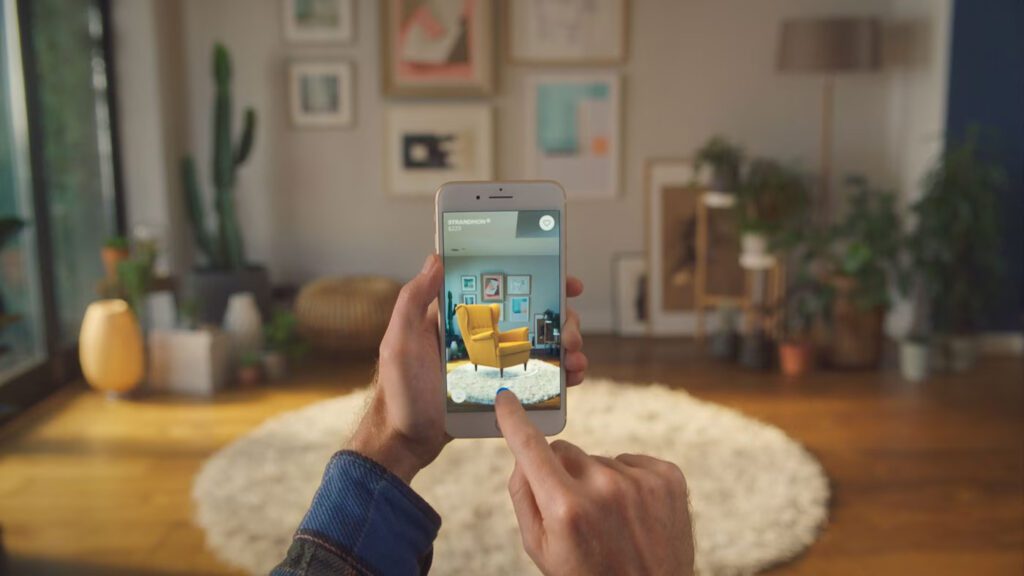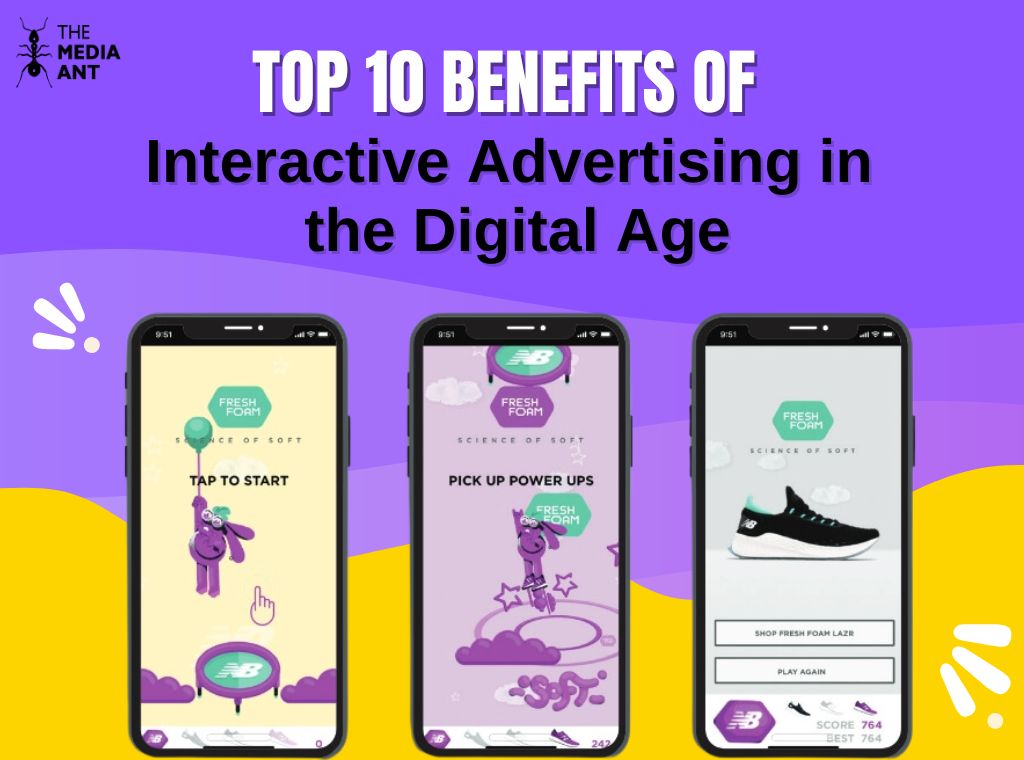With the advancement and development of information technology, we are currently living in an age that is constantly changing into another one. In this era digital transformation promotes concentration on interactive advertising more than ever before. In this article, we will discuss the 10 benefits of interactive advertising that not only catches eyes but also creates meaningful relationships while getting conversions on top, thus boosting business success in every possible way. Thus, prepare for takeoff as we embark on a whirlwind tour of the vast array of advantages that interactive advertising can provide during this thrilling digital marketing age.
1. Enhanced Engagement
Unlike passive ads, interactive elements like quizzes, polls, games, and AR experiences grab attention and pull users into the brand story. This active participation creates a more memorable and impactful experience.

Volkswagen’s “Choose Your Path” is an innovative interactive ad that immerses viewers in personalized driving experiences. This campaign invites users to explore various scenarios and choose their preferred driving routes, providing a dynamic and engaging experience. By allowing individuals to interact with the content and make choices, Volkswagen showcases its commitment to tailoring driving adventures to individual tastes. This not only captivates the audience but also highlights the brand’s dedication to customer satisfaction, making it a memorable and impactful advertising strategy in the automotive industry.
2. Improved Brand Recall
By actively participating with your brand, users are more likely to remember it. Interactive ads leave a lasting impression, increasing brand awareness and recall compared to static ads.

Domino’s “Pizza Hero” is an interactive advertising campaign that revolutionizes the pizza ordering experience. This innovative ad gamifies the process by turning customers into virtual pizza chefs. Users can customize and build their own pizzas through a smartphone app, choosing ingredients and toppings. This engagement not only entertains but also empowers customers, allowing them to create their perfect pizza. It enhances brand loyalty by making the ordering process fun and memorable. “Pizza Hero” exemplifies how interactivity can transform a mundane task into an exciting and involving experience, setting a new standard for customer engagement in the fast-food industry.
3. Deeper Customer Insights
Interactive elements, like user choices and responses, provide valuable data on audience preferences and behaviors. This data can be used to personalize future marketing efforts and improve targeting.

Spotify’s “Your Top Songs” is an interactive ad campaign that captivates music enthusiasts by offering a personalized experience. Users engage in a quiz to discover their top songs and musical preferences, and in return, Spotify curates custom playlists tailored to their tastes. This interactive approach deepens the connection between users and the music streaming platform, fostering brand loyalty. By providing users with playlists that resonate with their unique preferences, Spotify enhances their overall listening experience and encourages them to stay engaged with the platform. This interactive ad exemplifies how brands can leverage personalization to create a more meaningful and enjoyable user experience, ultimately driving user retention and satisfaction.
4. Higher Conversion Rates
When users are engaged and invested in your brand, they’re more likely to take the desired action, whether it’s visiting your website, signing up for a newsletter, or making a purchase. Interactive ads can significantly boost conversion rates.

Sephora’s “Virtual Makeover” is an innovative interactive advertising campaign that leverages augmented reality (AR) technology to transform the way consumers engage with beauty products. Through this platform, users can virtually try on an extensive range of makeup products, experimenting with different looks and styles in real-time. This immersive experience not only allows customers to visualize how products will appear on their skin but also builds confidence in their purchasing decisions. By offering a risk-free and highly engaging way to explore their product offerings, Sephora effectively enhances brand loyalty and drives sales, as users are more likely to make informed and satisfying beauty product choices.
5. Personalized Experiences
Interactive formats allow for dynamic content based on user preferences and data. This personalization leads to a more relevant and effective advertising experience, driving better results.

Nike’s “Find Your Perfect Shoe” interactive ad is a personalized recommendation engine that helps users discover the ideal running shoes based on their unique running style. Through a brief quiz, users input their running habits, terrain preferences, and foot shape, allowing Nike to analyze the data and recommend the most suitable footwear. This interactive approach not only engages the audience but also demonstrates Nike’s commitment to enhancing the individual running experience. By offering tailored product suggestions, Nike fosters a deeper connection with its customers and encourages them to make informed purchases that align with their specific needs and preferences.
6. Data-Driven Optimization
Interactive ads provide real-time feedback on user behavior, allowing marketers to quickly adjust and optimize campaigns for maximum impact. This data-driven approach ensures your ad spend is used efficiently.

Airbnb’s “Live There” campaign offers an immersive and interactive experience by featuring an innovative map that displays real-time availability and pricing of accommodations. This user-friendly tool allows prospective travelers to explore destinations, discover unique stays, and plan their trips with ease. By providing instant access to information on available listings, pricing, and amenities, Airbnb enhances user engagement and simplifies the booking process. This approach not only makes travel planning more convenient but also leads to increased bookings, making “Live There” a highly effective marketing strategy for Airbnb in the competitive hospitality industry.
7. Viral Potential
Shareable interactive elements like games and contests can create a buzz and spread organically through social media like Instagram, Facebook etc. This “virality” can significantly increase reach and brand awareness.

Old Spice’s “Smell Like a Man, Man” campaign is a remarkable interactive ad that brilliantly combines humor and engagement. This viral sensation features a humorous quiz that invites users to explore various scenarios and make humorous choices, all while promoting Old Spice’s range of masculine fragrances. The campaign’s witty and entertaining approach captured viewers’ attention, sparking widespread sharing and discussions on social media. By encouraging participation and making viewers active participants in a comical storyline, the ad not only increased brand awareness but also boosted sales, making it a prime example of successful interactive advertising with a humorous twist.
8. Building Brand Loyalty
Interactive experiences can foster a deeper connection with your audience, creating positive associations and fostering brand loyalty. This translates to repeat customers and advocates for your brand.

M&M’s “Create Your Own Flavor” campaign invites consumers to actively participate in the product development process. By allowing fans to vote on new candy flavors, it transforms them from passive consumers into co-creators. This interactive approach not only fosters a sense of ownership and involvement but also enhances brand loyalty. Users feel a personal connection to M&M’s, as they have a say in shaping the brand’s offerings. This campaign taps into the power of user-generated content and community engagement, driving enthusiasm, and strengthening brand-consumer relationships, ultimately boosting sales and brand affinity.
9. Cutting-Edge Technology
Using innovative technologies like augmented reality and virtual reality in interactive ads can give your brand a cutting-edge image and set you apart from the competition.

IKEA’s “Place in Your Room” is an augmented reality (AR) app that revolutionizes furniture shopping. With this interactive tool, users can virtually place IKEA products in their own living spaces through the lens of their smartphone or tablet. By superimposing 3D models of furniture onto the real environment, customers get a realistic preview of how items would look and fit in their homes before making a purchase. This innovative approach not only enhances the shopping experience but also mitigates the uncertainty of online furniture buying, leading to increased customer confidence and higher sales for IKEA. It’s a prime example of how technology can bridge the gap between online shopping and real-world applications.
10. Measurable Results
Like all digital marketing efforts, interactive advertising campaigns can be tracked and measured. This allows you to see the real-time impact of your campaigns and adjust as needed for maximum ROI.

L’Oreal’s “Virtual Makeup Try-On” is a cutting-edge interactive ad that revolutionizes the beauty industry. Using augmented reality (AR) technology, it allows users to virtually experiment with L’Oreal’s makeup products in real time. By simply uploading a photo or using their device’s camera, users can see how different cosmetics will look on their own face, making the purchasing decision easier and more engaging. Furthermore, the ad collects valuable data on user engagement and product preferences, enabling L’Oreal to tailor its advertising strategies and product recommendations. This personalized and immersive experience enhances brand loyalty while driving sales and setting a new standard for the beauty industry.
Live Interactive Campaign Examples
Example 1 –


A brand known for its fine jewelry has launched an innovative virtual engagement ring try-on feature, offering a personalized shopping experience directly from your home. Highlighting the unity that love brings, even in the face of differing opinions, the brand encourages couples to browse through their exquisite ring collection. Through a straightforward interface, individuals can select their preferred style, take a photo of their hand, and virtually try on various rings to discover the perfect symbol of their union. This user-friendly innovation demonstrates the brand’s dedication to merging tradition with technology, aiming to ensure that every couple finds a ring that echoes their unique relationship.
Example 2 –


While authenticity is highly valued, this innovative advertisement campaign shines brightly, surpassing expectations by offering viewers a unique glimpse into the enigmatic allure of diamonds, coupled with an educational journey. The initiative debunks myths through a sequence of interactive banners that gracefully unveil the fascinating, yet often overlooked, history and extensive age of diamonds—some of which predate the dinosaurs that once roamed our planet. This clever marketing tactic not only captures attention but also stimulates critical thinking, encouraging viewers to make connections through newfound knowledge. The campaign commits to sharing facts based on reality, aiming to engage participants effectively. This effort is likely to positively influence consumer attitudes towards the value of diamonds as precious gifts from the earth. The strategy enhances the brand’s image in the consumer’s mind while simultaneously nurturing and educating the public.
Example 3 –


Experience the charm of romance with the “Heart to Heart” Jewelry Collection through an engaging online banner ad campaign that celebrates the essence of love. This campaign presents sophisticated heart-shaped jewelry pieces, representing everlasting connections and the happiness found in giving spontaneously. It allows users to interact directly, enabling them to draw hearts and dive into a smooth shopping journey that mirrors the thoughtfulness of the present itself. Merging the craftsmanship of exquisite jewelry with the warmth of personal gestures, every item in this collection acts as a silent vow of affection.


